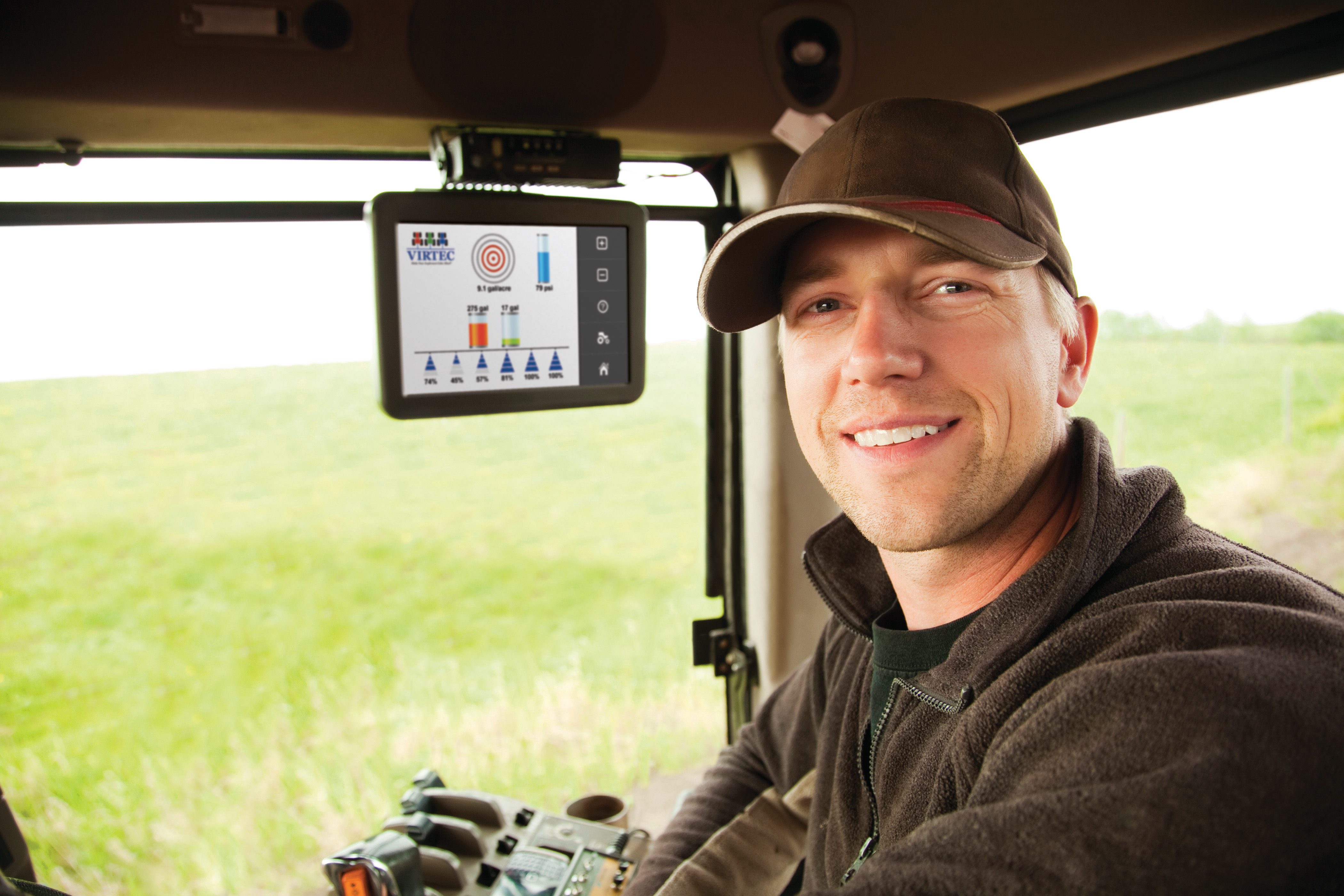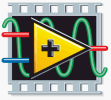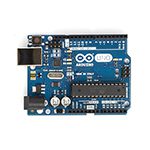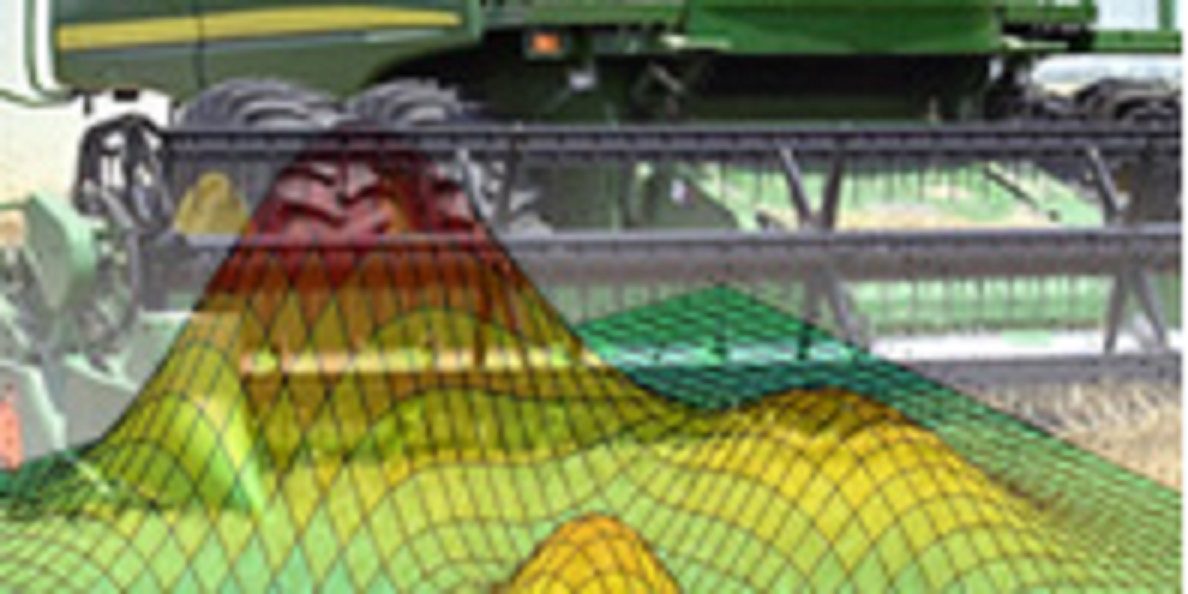ISOBUS Task Controller: Part 1
A few months ago in this blog I gave a very broad overview of Task Controller (TC). The Virtual Terminal is probably the best-known ISOBUS feature given its visual prominence, but TC is a popular topic to discuss in the ISOBUS world because it offers many intriguing possibilities … and seeks to fulfill many of the promises of precision agriculture across manufacturers. I thought it would be useful to spell out some of the details of TC as it can be a quite confusing subject. In this post, I will walk through the components and the steps of a typical TC session.












